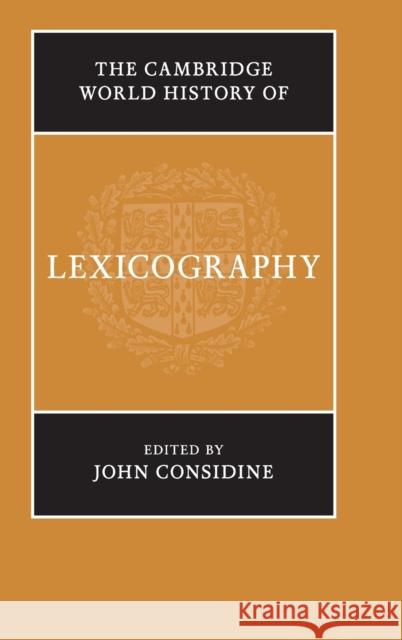The Cambridge World History of Lexicography » książka
topmenu
The Cambridge World History of Lexicography
ISBN-13: 9781107178861 / Angielski / Twarda / 2019 / 972 str.
The Cambridge World History of Lexicography
ISBN-13: 9781107178861 / Angielski / Twarda / 2019 / 972 str.
cena 682,82
(netto: 650,30 VAT: 5%)
Najniższa cena z 30 dni: 645,78
(netto: 650,30 VAT: 5%)
Najniższa cena z 30 dni: 645,78
Termin realizacji zamówienia:
ok. 22 dni roboczych
Dostawa w 2026 r.
ok. 22 dni roboczych
Dostawa w 2026 r.
Darmowa dostawa!
The first comprehensive and continuous account of all five thousand years of the history of lexicography.











